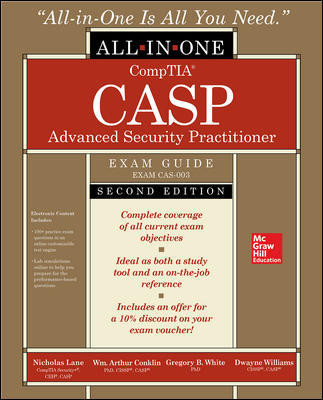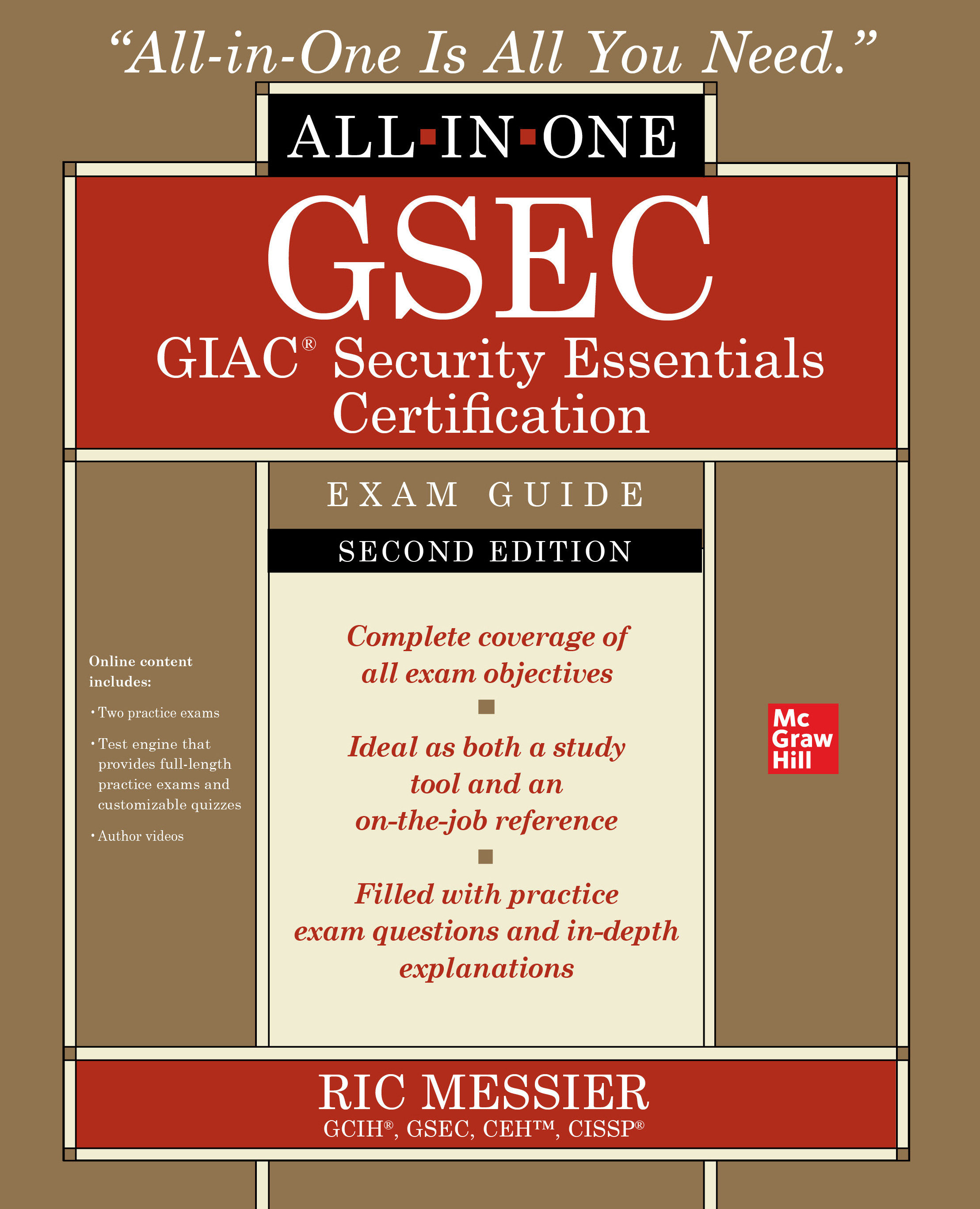Effective, consistent and disciplined onboarding is critical for a security business’ hiring process and employee retention. You invest a great deal of management time and money to attract, recruit, interview, test and hire the right candidate; and once you do, you need to make sure you can put your new hire on a path to success.
While most companies view onboarding as company orientation and HR paperwork, it should be much more and much longer than a week or two. In fact, a strong onboarding process can make a difference if a candidate is deciding between competitive job offers. Effective onboarding can have a dramatic effect on job performance, employee engagement, job satisfaction, organizational commitment, and retention. Recent evidence also suggests that a poor organizational socialization process can result in high turnover in a very short period.
Here are some top onboarding tips to help you get your hire off to a good start and keep them from falling through the cracks. These recommendations come from the Security Industry Association (SIA) Employer’s Complete Guide to Hiring.
It is recommended you develop checklists to keep HR and the management team on task at each phase of your onboarding process, including these checkpoints in your new hire’s first year:
- Certain essentials should be taken care of prior to the first day of employment. Get ready for a new hire’s first day.
- On the first day, the goal is to make the new employee feel welcome and at ease. This day is crucial to immersing the new hire into your company’s culture.
- The first day through the first week is the time to help the new hire become as productive as possible. It’s a time to help them assimilate to your culture and to confirm their training schedule. Ask for feedback.
- The first 30 days are the time to get paperwork finalized — to be sure the new hire has the necessary tools for the job. Review their job description, set goals and ask for feedback.
- If the first 90 days are a probationary period, be sure to review progress on goals at 30 and 60 days. Confirm that the training schedule is on track and confirm expectations for both the supervisor and the new hire. Ask for feedback.
- Complete a 90-day review to confirm the employee has attained goals; ask for feedback.
- Do a six-month review. Review job duties and goals, and then set new goals. Determine if additional training is needed. This will alleviate surprises at the annual review. Ask for feedback.
- The annual review should be a stepping stone to further career development. Ask for feedback.
.png?1648653164)







